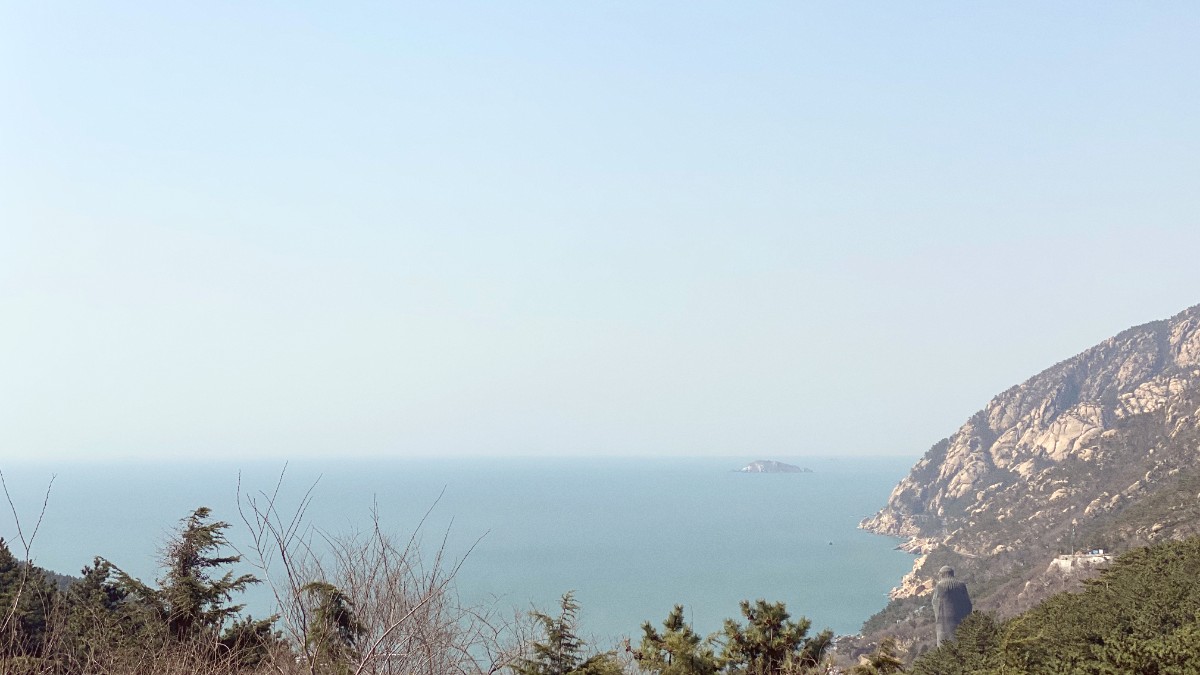
The Coast, Kenya
Malindi does not have extensive public transit systems like metros or trams. Instead, local transportation relies on shared and informal options. Matatus are shared minibuses. They operate on fixed routes and are the most budget-friendly public transport for longer distances within Malindi or to nearby towns like Watamu.
Tuk-tuks are three-wheeled motorized rickshaws. They are common for short to medium distances within Malindi town and its immediate surroundings. Tuk-tuks present more flexibility than matatus, as hiring them for specific destinations is possible. They are a popular and convenient way to move around the town. Boda-bodas are motorcycle taxis. They are the fastest option for short distances, especially in traffic. They carry a higher risk due to safety concerns. Boda-bodas typically accommodate only a single passenger.
No formal route maps for matatus. They operate on common routes. Ask locals or hotel staff for advice. Main hubs are Malindi town center (near market and bus stand).
Public transportation options (matatus, tuk-tuks, boda-bodas) are not wheelchair accessible. They are unsuitable for travelers with significant mobility challenges.
Always agree on a price with tuk-tuk and boda-boda drivers before starting. Carry small denominations. Watch personal belongings on crowded matatus.
A visual of the popular local transport.
Represents a common mode of getting around.
Part of the Malindi street life.
A cost-effective option for many travelers.
Taxis present a more comfortable and private transportation option, while ride-sharing apps present a modern alternative. In Malindi, reliance on local taxis is more common than ride-sharing services.
Requires a valid national driving license with an International Driving Permit (IDP), passport, and credit card. Local agencies operate in Malindi. International brands mainly at MBA or Nairobi. Inspect the vehicle thoroughly before acceptance.
Formal rentals for self-driving are limited. Boda-bodas are motorcycles with a driver. Self-riding is not generally recommended for tourists due to traffic conditions and safety risks on Kenyan roads.
No formal bicycle sharing. Some hotels or local shops offer bicycle rentals for exploring nearby areas or beachfronts at a leisurely pace.
Kenya drives on the left side of the road. Seatbelts are mandatory for all occupants. Speed limits are enforced: typically 50 km/h in urban areas and 100 km/h on highways.
Extensive beaches (Silversands, Casuarina) are ideal for walking, especially at low tide. Malindi Town Center is explorable on foot.
Beaches, Resort Grounds.
Local guides are available for walking tours of Malindi Old Town. This facilitates discovery of historical sites and local life. Self-guided walks are possible.
Guided & Self-guided.
No dedicated bicycle lanes. Cycling on main roads can be dangerous due to traffic. Safer options: within resort grounds, quieter beach roads, guided tours.
Caution on Main Roads.
A visual of traditional dhows by the Malindi pier, highlighting the maritime culture and transport options. These vessels frequently transport tourists for marine park tours and scenic cruises.
Dhows are frequently used for snorkeling and diving trips within Malindi Marine National Park.
Enjoy evening dhow cruises offering stunning views of the Malindi coastline at sunset.
Dhows provide transport to nearby islands and secluded beaches for day trips.
Malindi's local transport offers unique cultural encounters. Embracing these modes of travel will enhance your authentic experience.
For convenience and security, pre-arrange airport transfers or use hotel-recommended taxis, especially for late-night arrivals or departures.